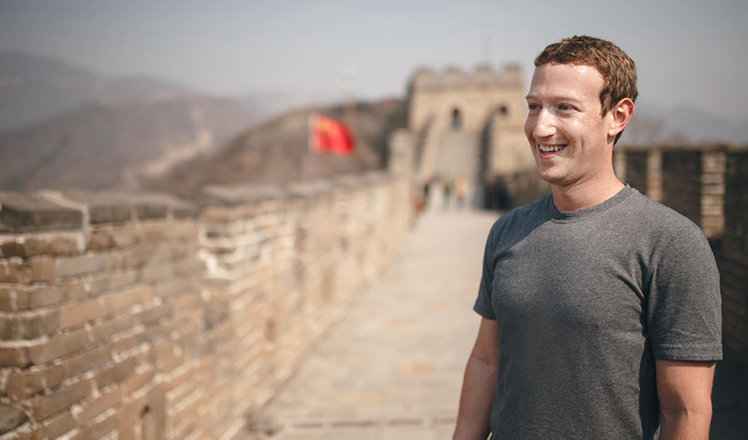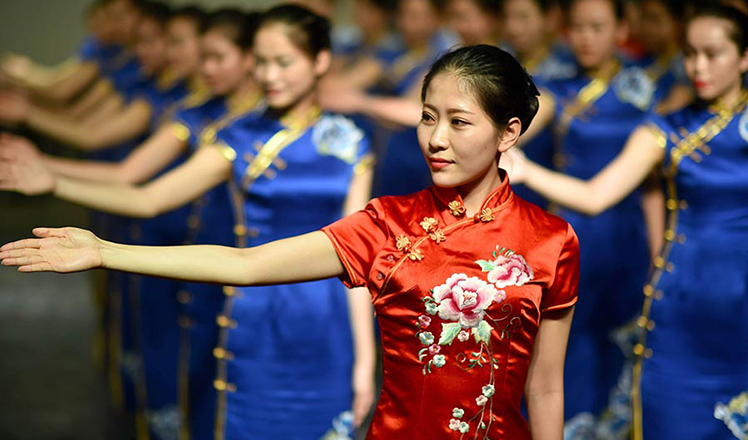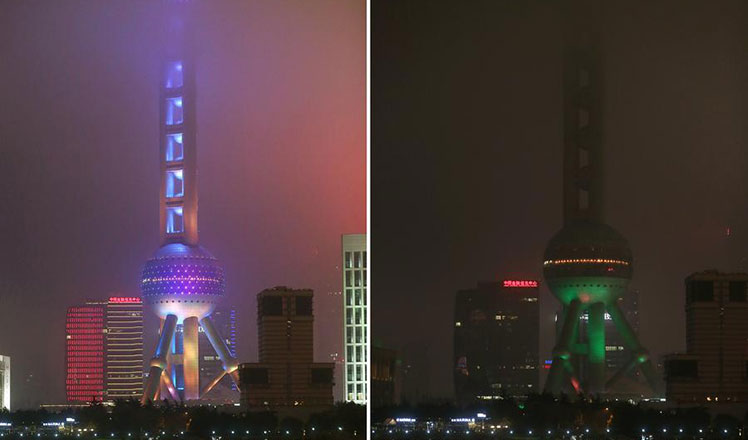Making food security a top priority
Updated: 2016-03-22 10:46
By Karl Wilson in Sydney(China Daily)
|
|||||||||
 |
|
A farmer harvests rice in the village of Gangzhong in China's eastern Zhejiang province. China has managed to grow itself out of grain shortages but it is facing fresh challenges, including rural workers moving to better paying jobs in cities. [Photo/Agencies] |
As China begins its 13th Five Year Plan (2016-20) one of the key components will be agriculture and food security.
For decades, agriculture has occupied the minds of successive leaders as the country moves from its agricultural base to an economy driven by innovation and technology.
China today produces a quarter of the world's food and manages to feed a fifth of the world's population on just 10 percent of the planet's agricultural land. But the question for China is: What now?
After several years of good harvests, China has managed to grow itself out of grain shortages but structural problems still remain.
The new Five Year Plan aims to address some of the challenges that agriculture faces such as mechanization, supply chains, food processing and farming models.
Some of these issues will be addressed at the upcoming Boao Forum for Asia in a panel discussion on the future of agriculture. The forum will be held at Boao, in South China's Hainan province, from March 22 to 25.
As it stands, China still relies on small family holdings to produce much of its food. This traditional model faces fresh challenges as more and more rural workers move to better paying jobs in the cities.
One of the questions that will be put to the forum is: Will the Chinese family-based farming model continue to work, or should the government allow land acquisitions (with the right to use land, not the ownership) and give way to big-farm agriculture as in the United States? Or should it adopt the models used in Japan and South Korea which are more reliant on technology and smaller landholdings?
Doug Ferguson, partner-in-charge of KPMG's Asia and international markets group, said China is "essentially self-sufficient in rice, grain, pork and, to a certain extent, seafood".
"It does, however, need to import beef, dairy products and branded food products such as powdered milk," he told China Daily Asia Weekly.
Ferguson said safety issues in some domestic processed foods have left consumers seeking imported products.
"That is why Chinese investors are looking at Australia's agricultural sector, especially dairy.
"They are buying into dairy for premium safety products — products that are processed and packaged in Australia and exported from Australia."
- NASA's Kepler sees first 'shock breakout' in exploding star
- First case of Zika virus detected in S.Korea
- Syrian mothers: Survival and loss
- Gender barrier falls as Air Force general makes history
- Russia retrieves data from recorder of crashed plane
- Obama arrives in Cuba to begin visit in thawing of ties

 Raul Castro and Obama hold talks in Havana
Raul Castro and Obama hold talks in Havana
 Facebook's Mark Zuckerberg visits China's Great Wall
Facebook's Mark Zuckerberg visits China's Great Wall
 Apple releases smaller iPhones for new consumers
Apple releases smaller iPhones for new consumers
 China's 'sleep testers' search hotels for a good night's rest
China's 'sleep testers' search hotels for a good night's rest
 Practice makes perfect: Preparing for Boao forum
Practice makes perfect: Preparing for Boao forum
 A look of Boao Forum for Asia International Conference Center
A look of Boao Forum for Asia International Conference Center
 Culture Insider: 5 things you may not know about the Spring Equinox
Culture Insider: 5 things you may not know about the Spring Equinox
 Landmarks go dark in China for Earth Hour
Landmarks go dark in China for Earth Hour
Most Viewed
Editor's Picks

|

|

|

|

|

|
Today's Top News
Marriott unlikely to top Anbang offer for Starwood: Observers
Chinese biopharma debuts on Nasdaq
What ends Jeb Bush's White House hopes
Investigation for Nicolas's campaign
Will US-ASEAN meeting be good for region?
Accentuate the positive in Sino-US relations
Dangerous games on peninsula will have no winner
National Art Museum showing 400 puppets in new exhibition
US Weekly

|

|








